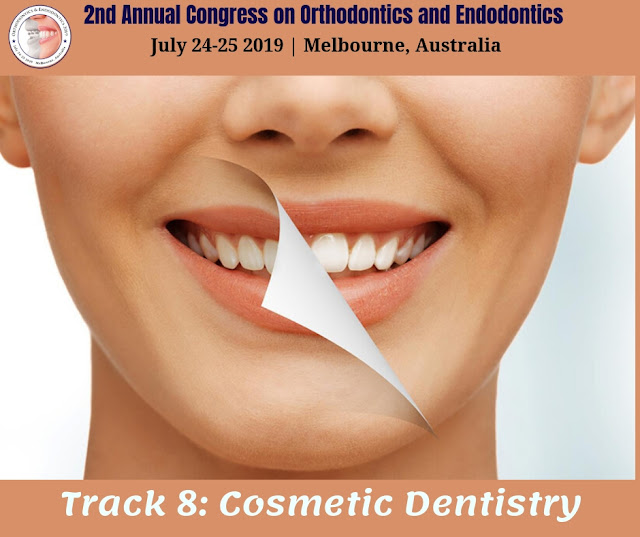Track 22: Dental Implants and Prosthesis
Dental implants are artificial tooth roots used to support a restoration for a missing tooth or teeth, helping to stop or prevent jaw bone loss. The implantation procedure is categorized as a form of prosthetic (artificial replacement) dentistry but also is considered a form of cosmetic dentistry.
People who have lost teeth might feel too self-conscious to smile or talk. Additionally, biting irregularities caused by tooth loss can have a negative effect on eating habits, leading to secondary health problems like malnutrition.
By replacing missing tooth roots, dental implants provide people with the strength and stability required to eat all the foods they love, without struggling to chew. Additionally, they help to stimulate and maintain jaw bone, preventing bone loss and helping to support facial features.
Types of Dental Implant
There are a few different types of dental implants, each suited to certain situations. Here we’ll discuss each, explaining the different circumstances they are applicable to.
The most common form of dental implants is endosteal implants. These are place-holder posts, shaped like screws, fixed into the jaw that false teeth are then fitted on to. They have the appearance of screws and are made of titanium to reduce oxidation and create a less reactive environment with the mouth. Once the implants are placed the jawbone requires time to heal, fusing together to create a stronghold, similar to natural teeth roots. When this has healed artificial teeth are able to be placed onto the posts, fitting in with the surrounding teeth.
The main alternative to endosteal implants is subperiosteal implants. Rather than being fixed into the jawbone of a patient these implants sit on top of the bone, but still below the gum. Rather than a firm post entering the bone, a metal frame is fitted under the gum with a post attached to it. As the gum heals around the fixture the frame is secured and able to have false teeth applied to the posts that protrude from the gum.
An alternative, although much less common, implant treatment to where a patient does not have enough jawbone for endosteal implants are zygomatic implants. These are a complicated procedure in which the cheekbone is used as an implant base rather than the upper jaw.
Submit Abstract
Register Now



Comments
Post a Comment